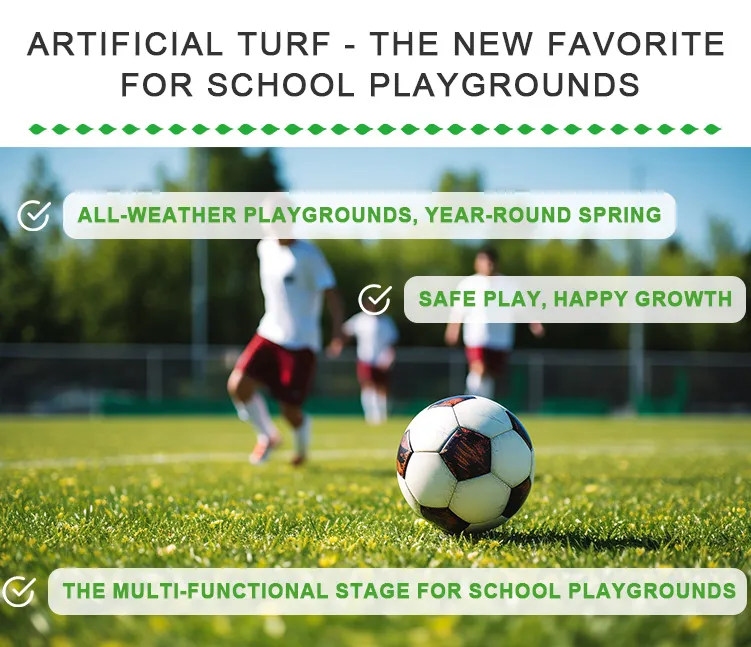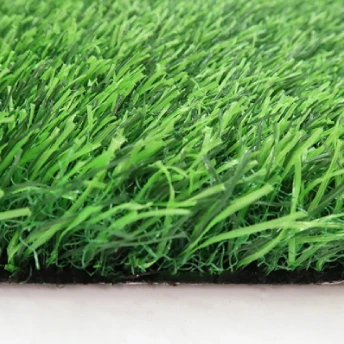Welcome to Hoyarn
Call Us Any Time:+86 19801805999
Email Us: info@hoyarn.cn

- Afrikaans
- Arabic
- Belarusian
- Bengali
- Czech
- Danish
- Dutch
- English
- Esperanto
- Estonian
- Finnish
- French
- German
- Greek
- Hindi
- Hungarian
- Icelandic
- Indonesian
- irish
- Italian
- Japanese
- kazakh
- Rwandese
- Korean
- Kyrgyz
- Lao
- Latin
- Latvian
- Malay
- Mongolian
- Myanmar
- Norwegian
- Persian
- Polish
- Portuguese
- Romanian
- Russian
- Serbian
- Spanish
- Swedish
- Tagalog
- Tajik
- Thai
- Turkish
- Turkmen
- Ukrainian
- Urdu
- Uighur
- Uzbek
- Vietnamese
futsal artificial turf
Feb . 11, 2025 00:57 Back to list
futsal artificial turf
Understanding the investment required for an artificial football pitch is a crucial aspect for sports clubs, schools, and local governments looking to enhance their sports facilities. The cost associated with such a project goes beyond just the monetary figure; it involves understanding the value it adds to a community and the experience it provides to players.
Furthermore, additional features such as lighting, fencing, and netting can significantly impact total expenditure. Many facilities opt to install floodlights to extend usable hours, especially in areas with limited daylight during certain times of the year. Security fencing, while adding to the overall cost, is often necessary to protect the pitch from unauthorized use or vandalism. Proper planning of these extras should be included early in the budgeting process to prevent unexpected financial burdens. Maintenance costs, although lower than natural grass, should not be overlooked. Regular brushing, infill top-ups, and occasional deep cleaning are necessary to maintain the field’s performance and safety standards. It's essential to work with suppliers offering a comprehensive maintenance package to ensure the pitch remains in optimal condition over its lifecycle. The initial cost of constructing an artificial football pitch typically ranges from $500,000 to $1 million for a full-sized, medium-grade football field. However, for smaller pitches or those opting for basic turfs, costs can be considerably lower. Despite the upfront investment, many organizations find that the reduced maintenance and year-round usability lead to substantial savings over time, offsetting the initial cost. Lastly, funding options should be explored thoroughly. Many communities have access to grants, sponsorships, and government support earmarked for recreational improvement, which can significantly ease the financial burden. Building partnerships with local businesses and sports organizations can also provide mutual benefits, such as naming rights or advertising space, making the venture more financially viable. Embarking on the journey to install an artificial football pitch is a significant financial commitment but one that can yield tremendous benefits. It enhances community engagement, provides a consistent playing surface for athletes, and signals a commitment to high-quality sports infrastructure. With careful planning, selection of materials, and professional execution, the value-added can far exceed the initial expenditure, making it a worthy investment.


Furthermore, additional features such as lighting, fencing, and netting can significantly impact total expenditure. Many facilities opt to install floodlights to extend usable hours, especially in areas with limited daylight during certain times of the year. Security fencing, while adding to the overall cost, is often necessary to protect the pitch from unauthorized use or vandalism. Proper planning of these extras should be included early in the budgeting process to prevent unexpected financial burdens. Maintenance costs, although lower than natural grass, should not be overlooked. Regular brushing, infill top-ups, and occasional deep cleaning are necessary to maintain the field’s performance and safety standards. It's essential to work with suppliers offering a comprehensive maintenance package to ensure the pitch remains in optimal condition over its lifecycle. The initial cost of constructing an artificial football pitch typically ranges from $500,000 to $1 million for a full-sized, medium-grade football field. However, for smaller pitches or those opting for basic turfs, costs can be considerably lower. Despite the upfront investment, many organizations find that the reduced maintenance and year-round usability lead to substantial savings over time, offsetting the initial cost. Lastly, funding options should be explored thoroughly. Many communities have access to grants, sponsorships, and government support earmarked for recreational improvement, which can significantly ease the financial burden. Building partnerships with local businesses and sports organizations can also provide mutual benefits, such as naming rights or advertising space, making the venture more financially viable. Embarking on the journey to install an artificial football pitch is a significant financial commitment but one that can yield tremendous benefits. It enhances community engagement, provides a consistent playing surface for athletes, and signals a commitment to high-quality sports infrastructure. With careful planning, selection of materials, and professional execution, the value-added can far exceed the initial expenditure, making it a worthy investment.
Latest news
-
The Benefits of Artificial Turf for Indoors
NewsJul.15,2025
-
How Artificial Grass Suppliers Ensure Quality Products
NewsJul.15,2025
-
Artificial Grass and Pets: A Space for Relaxation
NewsJul.08,2025
-
Balcony & Outdoor Decoration with Artificial Grass
NewsJul.08,2025
-
Best Indoor Artificial Grass for Home
NewsJul.07,2025
-
Best Pet Turf for Dogs: Safe & Durable Artificial Grass Options
NewsJul.07,2025
Products categories









